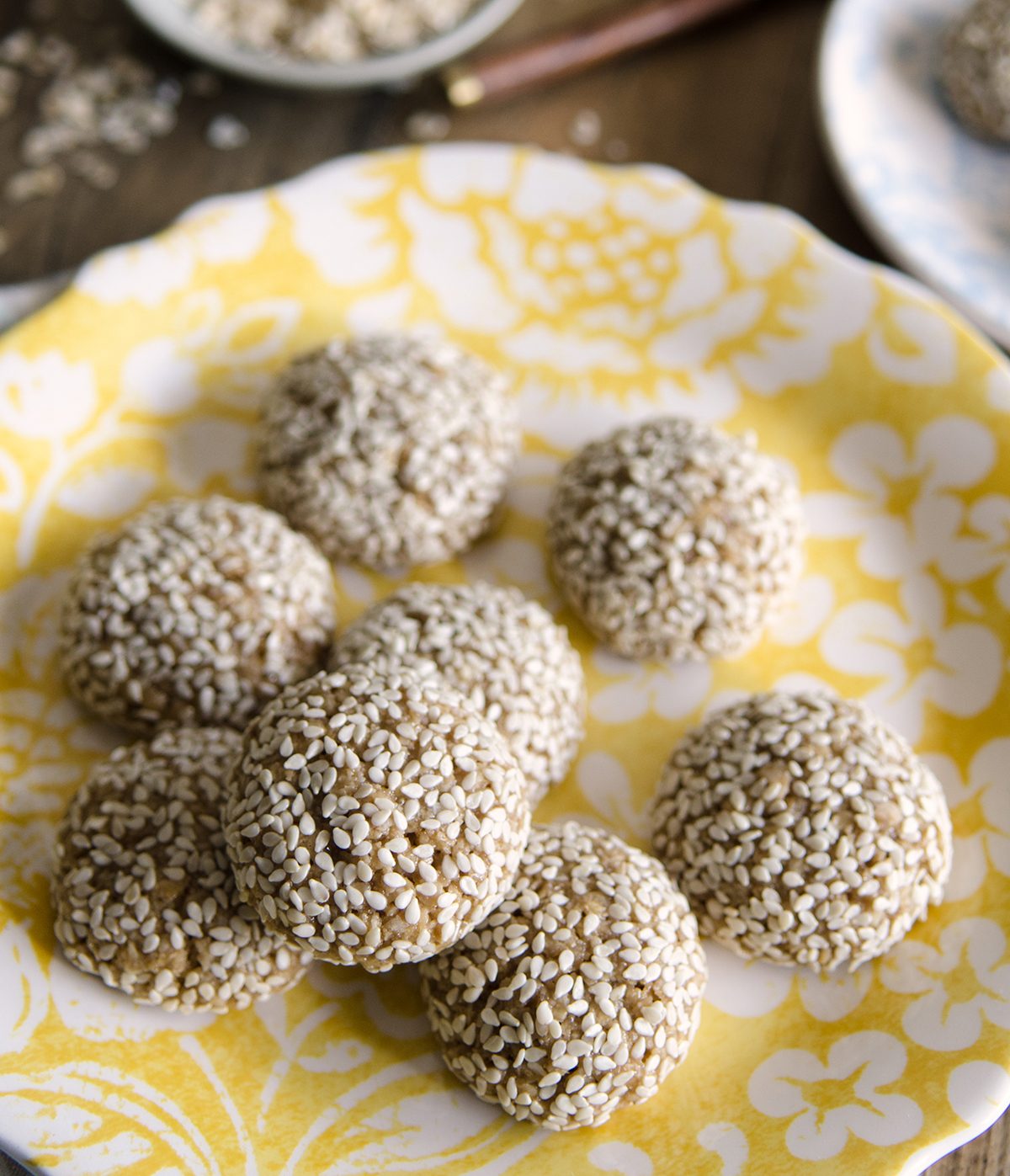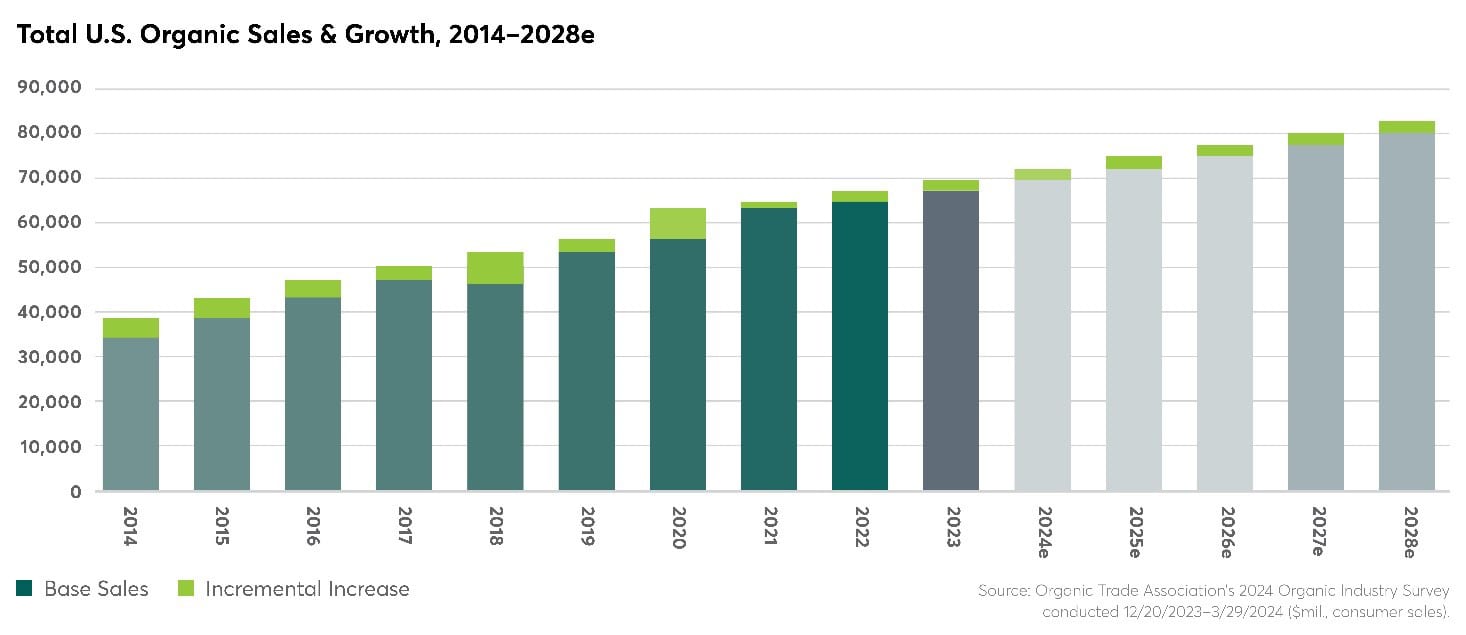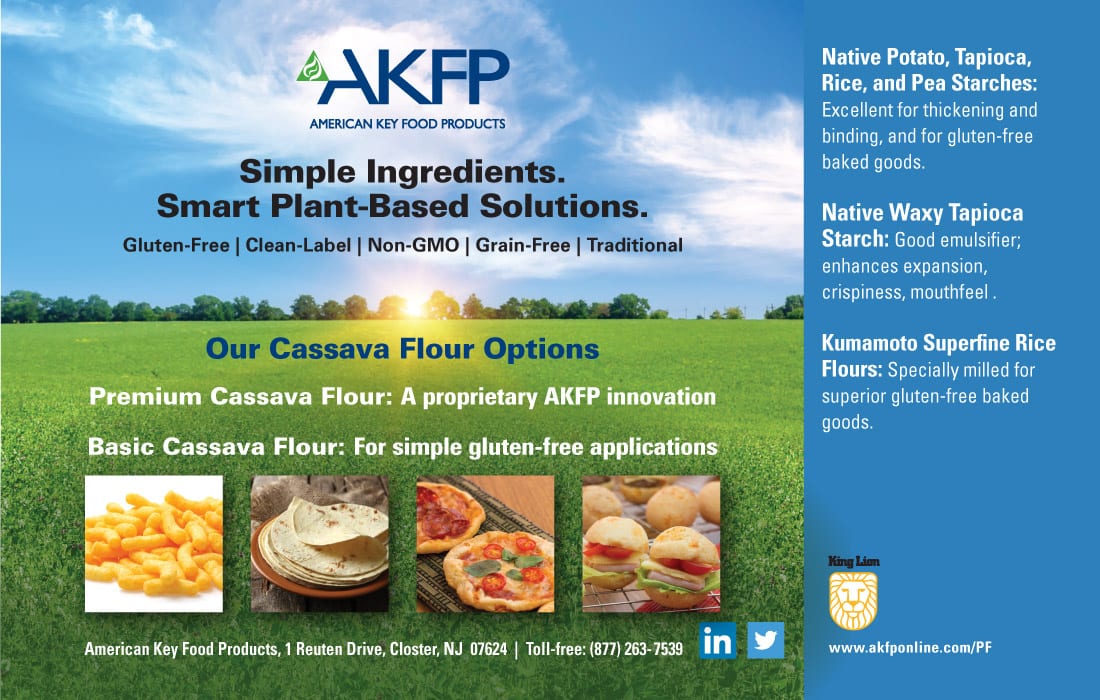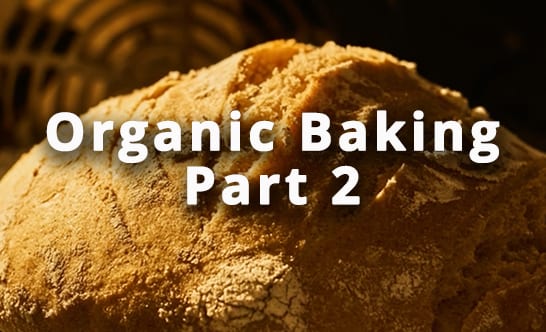Organic baking - part 1
Technologies
In spite of technology and ingredient advances, certain hurdles remain.
Organic Baking:
Rising to the Challenge
The business of baking in conformity with organic standards is fraught with challenges. The cost and sourcing of ingredients, addressing specific benefits, and some baking processes themselves have made formulating within these restrictions all the more difficult.
Even though sourcing organic ingredients has become much easier than it was in years past, ingredient costs remain a primary challenge. Organic ingredients still typically cost more than do their conventionally produced counterparts, and sometimes substantially so. “The prices for all ingredients can be very high,” affirms Andrea Bayne, owner and head baker of BoriMami Bakery in Melbourne, Florida. “Demand for organic products exceeds supply, which can cause price increases and make consistent sourcing an issue.”
As the organic trend continues to expand, more consumers are opting in—but they won’t compromise on flavor, texture, or appearance. Video courtesy of: Getty Images / sergeysaraev
By Jill Beaverson

The increase in availability of different options for organic flours has expanded far beyond that of wheat, helping to lower costs and raise quality. Photo courtesy of: Bob's Red Mill Natural Foods Co.
Although a recent survey by the Axios information group, based on research by DataWeave (an “AI-powered digital shelf analytics and commerce intelligence system”) found that the price gap between organic and conventional foods is narrowing, the difference is still significant. For example, prices for organic produce average approximately 15% higher than prices for conventional produce.
For bakers, the impacts of cost are more immediate. While organic commodity prices fell for the first time in 2021, the difference between the cost of organic versus conventional grains is much greater, ranging from 25% more to as high as more than twice the cost, based on data published this spring by the market research group OrganicBiz.
At the Source
Even with more and more farmers switching to or adding organic crops to their planting line-up, sourcing is still a challenge. “My biggest issue is the amount of organic flour I can get cost-effectively,” stresses Kirstie Stock, owner of Wake and Bake Bread Co. in Merritt Island, Florida. “I don’t always have access to the best suppliers, so it can be a logistical challenge for me to get enough organic flour, which also increases the price substantially.”
US organic marketplace posts record sales in 2023
Organic Trade Association pegs sales of organic products near $70 billion
Washington, D.C. (May 14, 2024) — U.S. sales of certified organic products approached $70 billion in 2023, a new record for the sector. Dollar sales for the American organic marketplace hit $69.7 billion last year, up 3.4 percent, according to the 2024 Organic Industry Survey released Tuesday by the Organic Trade Association (OTA).


Today’s organic products often dovetail with healthful trends such as the keto diet and high protein. Photo courtesy of: Hometown Food Co./Birch Benders
Green Sugar
Domestic shortages of organic versions of vital commodities drive bakers and their suppliers to importation, which also can translate to higher ingredient prices. For example, organic cane sugar is often imported from Brazil. While this could lead to a not-so-sweet situation if, despite being grown organically the sugar is not grown responsibly with respect to deforestation concerns, one Brazilian sugarcane producer has been pioneering “green” cane harvesting.
“The Natíve Green Cane Project in the state of São Paulo developed a mechanical method of harvesting that eliminates toxic burning, builds healthy soil, and increases biodiversity,” says Ken Roseboro, editor and publisher of The Organic & Non-GMO Report. “The technology not only harvests the cane stalks, it composts the leaves to protect and fertilize the fields, supporting the soil’s bacteria and fungi and both ensuring and adding to soil health.” According to Roseboro, even the specialized trucks operating in the cane fields use wide tires at very low pressure to avoid compacting the soil.
Roseboro further explains that this process aerates and boosts the moisture levels in the soil nearly to that of the native forests—and three times that of conventional cane fields. Research by the University of São Paulo revealed that soils under the Green Cane project actually exhibit greater biodiversity than soils in the Brazilian state’s national parks.
The Natíve Green Cane Project also transitioned nearly 50,000 acres to organic, becoming certified in 1996 as one of the world’s largest organic farming projects and producing one-fifth of the world’s organic sugar. “The Natíve Project’s sugarcane is not only regenerative organic but, being more resistant to drought and pests, also produces yields 20% greater than conventional sugarcane production,” adds Roseboro.
The project’s commitment to expanding biodiversity goes beyond sugarcane fields: From its onset in 1987, it has planted 2.6 million trees, creating 11,400 acres of “biodiversity islands." Today, these farms boast 340 species of mammals, birds, reptiles and amphibians, including 49 endangered species. The project completely revolutionized the sugarcane industry, and its green harvesting methods are now standard practice—so much so that 97% of all sugarcane grown in São Paulo state is farmed this way. Moreover, the practice has spread to other sugar-producing countries.
“This long record of success proves that at-scale regenerative organic agriculture of many commodity crops is not only achievable but can be done using the same amount of land—and requiring fewer resources—as conventional agriculture,” Roseboro concludes.
As sources for organic ingredients continue to expand, many US farmers of conventional crops are reluctant to convert because they fear big revenue effects. But their fears are unfounded: Due to advances in technology and agricultural science, American farmers grow by far the most organic products per acre yield. For the top 10 food commodities, U.S. farms produce five times more per acre than the average worldwide per-acreage yield.
This has helped grow the market for staples such as organic flour. According to its “Organic Flour Market Report 2024,” The Business Research Co. predicts sales of organic flour to pass the $3 billion mark this year, on a CAGR of 5.1%. The group expects a similar rate of growth to bring total organic flour sales to $3.74 billion in 2028. The good news gets better: In the April 2024 issue of The Organic & Non-GMO Report, the Insights e-newsletter reported that the USDA has announced $40.5 million in grant awards to support the processing and promotion of domestic organic products. End of Part 1
With more than 25 years of experience in food and beverage journalism, Jill Beaverson has made culinary and food product development her special area of coverage. She has written for multiple food and food industry publications, and represented foodservice companies, vineyards, the California Artisan Cheese Guild, and Microsoft. Beaverson’s journalism degree is from the University of Missouri-Columbia. She can be reached at jilllynneb326@gmail.com.



